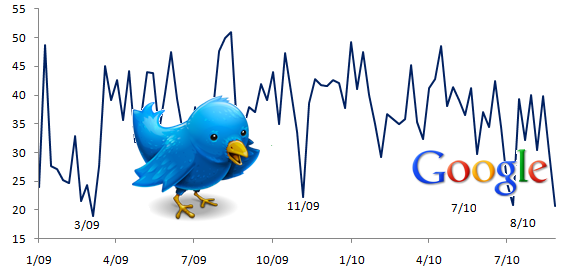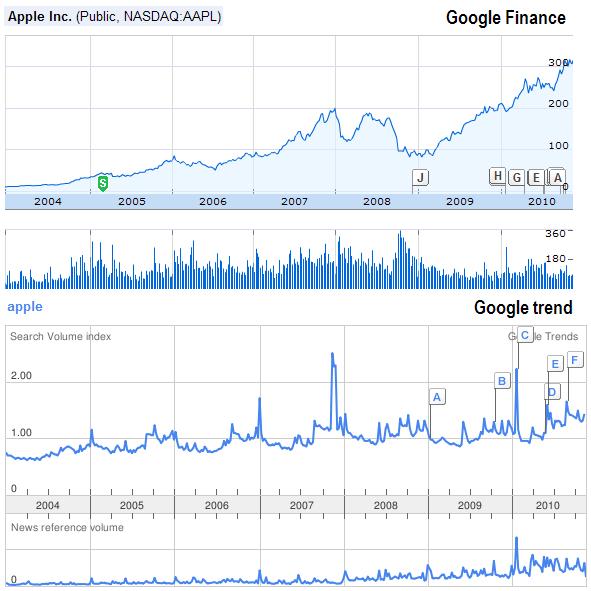Isn't it dazzling the number of things we' ve stopped keeping track of ? Our bookmarks, our read mails, our Facebook friends, people we're following on Twitter, our number of tweets, the number of times we've been to website A or B, our Google searches ... But no need to worry, someone has been keeping track
You've noticed how accurate Amazon's book recommendations have become since you've joined in. How your YouTube homepage shows videos you're actually likely to watch, how ads on the side of your Facebook page have become relevant (or not). Every click you've done, every page you've viewed, every song you've liked, every book you've added to your cart then decided not to buy, every single move you've made while on these sites ad their likes are still there. You've left an indelible trail. But nothing frightening there really.
These firms have leveraged this information (the data path you've left behind or click trail) to get more personal, closer but most of all more comprehensive of your needs and responsive to your potential hunches. But still, one line had not been crossed. Until now. Let's call it the Nanoeconomic line. Nanoeconomics is the human-scale economics that tries to better the understanding of the economy using Public Massive Passive Social Data.
The latest striking application being the use of Massive Passive trails of "Google searches" data to predict ... stock Market moves.
Thanks to your humble servant, you may already know that Twitter has proved able to enhance financial forecasting models. But now if you add to this that every time you showed interest in a company, Google remembered, the panel of available tools widens dramatically :
- Not only do we have the sentiment, the mood that affects the market on a macro level (thanks to Twitter)
- But we also have a way to understand on a company stock level, a micro level, any interest that has arisen ... in real time (using a publicly available tool such as Google trend)
In other terms, that same process, that Nanoeconomic toolkit we now have, can enrich Economic science's understanding of the world, the way individual thoughts and interests move before affecting the economy and the financial market as a whole or even individual company stocks.
So here goes a case study. Here is Apple's stock price and the number of 'Google Searches' evolution since 2004 :
The increase in both the stock price (above) and the number of Google searches (below) is a sign of a certain coherence, a modest proof that the reasoning is sound. But it is far from satisfactory. A common trend is obvious and observing that brings nothing to the table.
What might be more interesting however, and confirm our logic are punctual, similarly specific changes : spikes in other terms. And if we look in both graphs towards the end of the year 2007, we see exactly that : a common movement. Even more interesting, the spike in interest for Apple as shown by Google trend seems to precede the strong increase in its stock price at the very end of 2007.
This is beautiful to see. Strangely. Realizing that every time you search for a company, every time you show interest for something (as shown in the apple graph below), somehow, the real world may end up being affected (the apple graph above). As if these two lines draw not only trends and prices but mirror the very movement that underlays the way each of our decisions eventually stirs the world.
PS : Very special thanks to the truly amazing Mr M A H without whom this article would have never existed. Thank you sir

